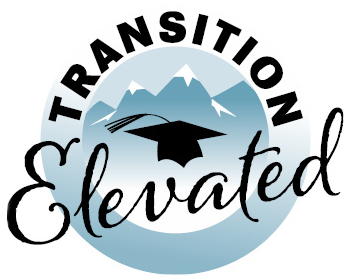During Transition Planning
Once transition planning begins — typically at age 14 — students, families, and school teams work together to set goals, build skills, and connect with resources that support life after high school. This stage is about taking action and tracking progress toward a student’s future.
📝 What Happens During Transition Planning?
How is transition planning part of the IEP?
Starting at age 14, each student’s IEP must include postsecondary goals — for education, employment, and independent living. These goals are based on the student’s preferences, strengths, and needs, and the IEP includes steps to help achieve them.
What kind of goals are included?
Goals might include:
- Taking a career class or job shadowing
- Visiting a college or trade school
- Learning how to use public transportation
- Getting a part-time job or internship
- Practicing how to schedule appointments or manage a budget
🎯 Student Voice and Involvement
How involved should the student be?
The student should be at the center of transition planning. They should attend IEP meetings, share their ideas, help make decisions, and take an active role in setting goals. Learn more on the Student-Focused Planning page.
What if a student isn’t ready to lead?
That’s okay — involvement can grow over time. Start by helping the student reflect on their strengths and interests. They might choose how to present their goals, write a short statement to share at the meeting, or practice speaking up with support.
🤝 Team Roles and Support
Who helps with transition planning?
The IEP team includes:
- The student and their family
- Special education staff or transition coordinator
- General education teachers and counselors
- Outside agencies, like Vocational Rehabilitation (VR) or DSPD (with consent)
How do teams track progress?
Transition goals are reviewed and updated annually during the IEP process. Educators and families can also use informal check-ins, progress sheets, and real-world experiences to evaluate how well the student is moving toward their goals.
Tip: Transition planning works best when everyone is connected and consistent. Keep communication open between students, families, schools, and service providers.
